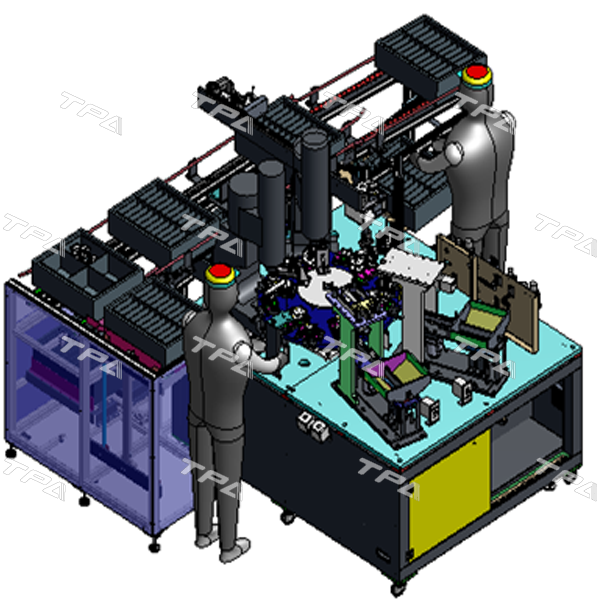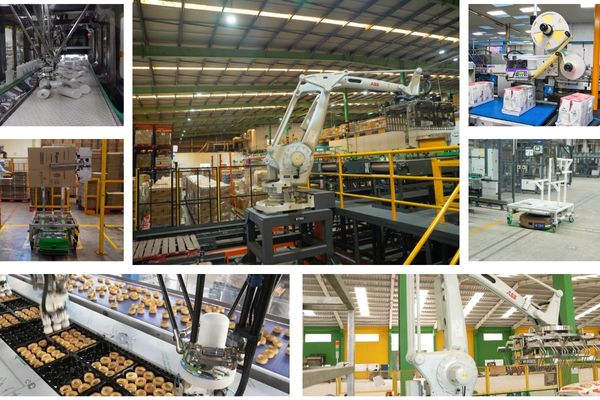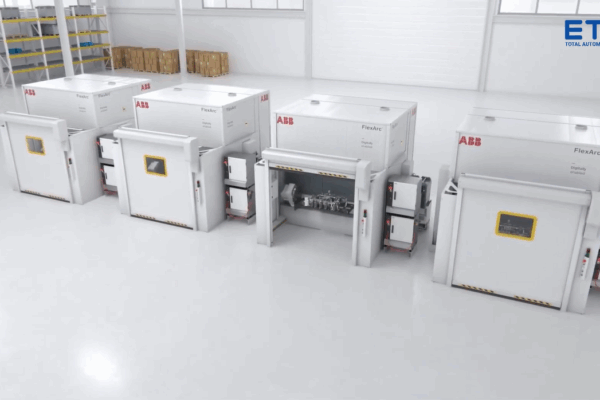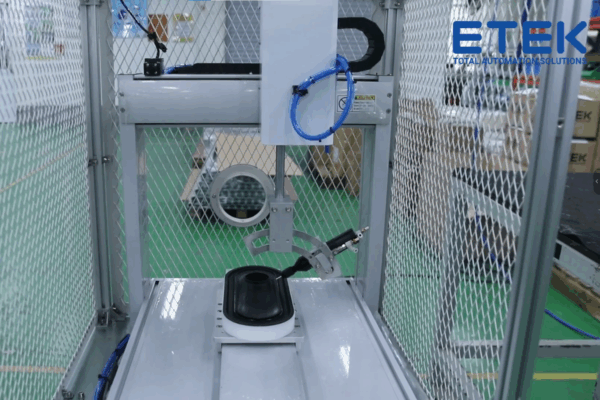To join parts together, in addition to methods such as screw fastening, welding, or adhesive bonding, people also use the riveting method in specific locations. Riveting is the preferred choice for thin materials that are prone to deformation when exposed to high temperatures, making welding impossible, while still requiring a solid structure.
To increase productivity, automation solutions have been implemented to replace manual labor. Automated systems (robots, machinery, control devices, sensors) are used to perform riveting tasks in parts or products without human intervention. Riveting automation technology enhances efficiency, precision, and reduces errors during assembly.
A riveting automation system typically includes the following components:

With the superior benefits offered by riveting applications, combined with automated systems, many significant advantages arise:
To keep pace with the rapidly changing needs of society, many assembly industries have adopted riveting automation in production. Common applications include the following industries:
The application of riveting automation is not only a trend but an inevitable factor in meeting the needs of modern production. Thanks to its superior benefits in productivity, quality, labor safety, and flexibility, riveting automation has become an essential solution in industries such as automotive, aerospace, machinery manufacturing, electronics, and other manufacturing fields. With the continuous development of science and technology, riveting automation will continue to play an important role in improving production efficiency and maintaining competitiveness in the global market.

Smart warehouses is a storage system that utilizes advanced technologies such as automation, the Internet of Things (IoT), Artificial Intelligence (AI), and Big Data to efficiently and accurately manage storage,…

In modern manufacturing, packaging automation optimizes processes, enhances productivity, and reduces costs. Automated packaging systems handle tasks like filling, sealing, labeling, and palletizing with high precision and speed, making them…

In the era of industry 4.0, automation is no longer an option but has become an inevitable trend. For mechanical factories, steel structures, automobiles and motorbikes, arc welding processes requiring…

In modern industrial production, the gluing process is crucial for ensuring product quality, durability, and aesthetics. However, manual or semi-automatic methods often face limitations such as low precision, material waste,…